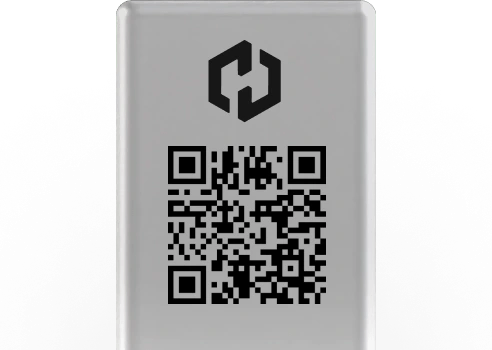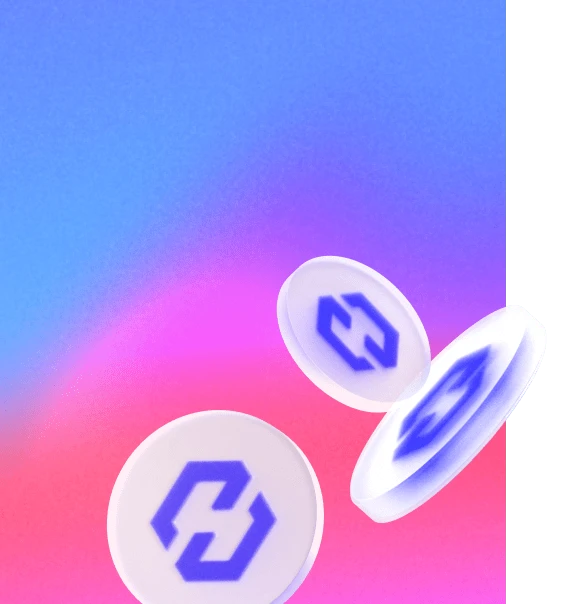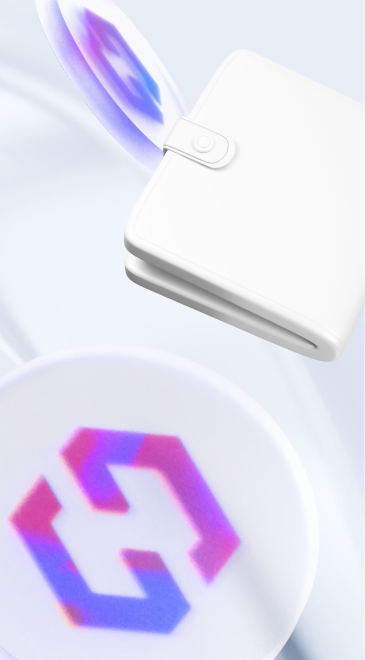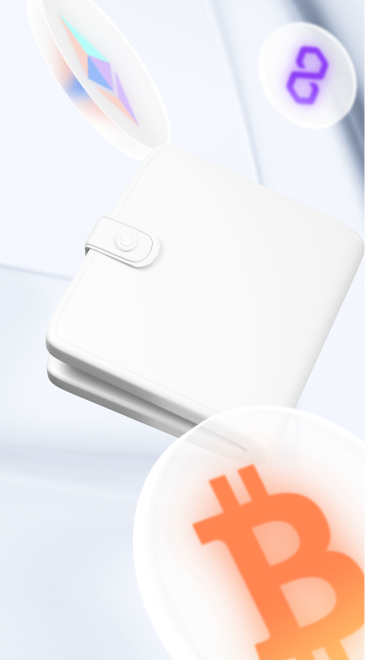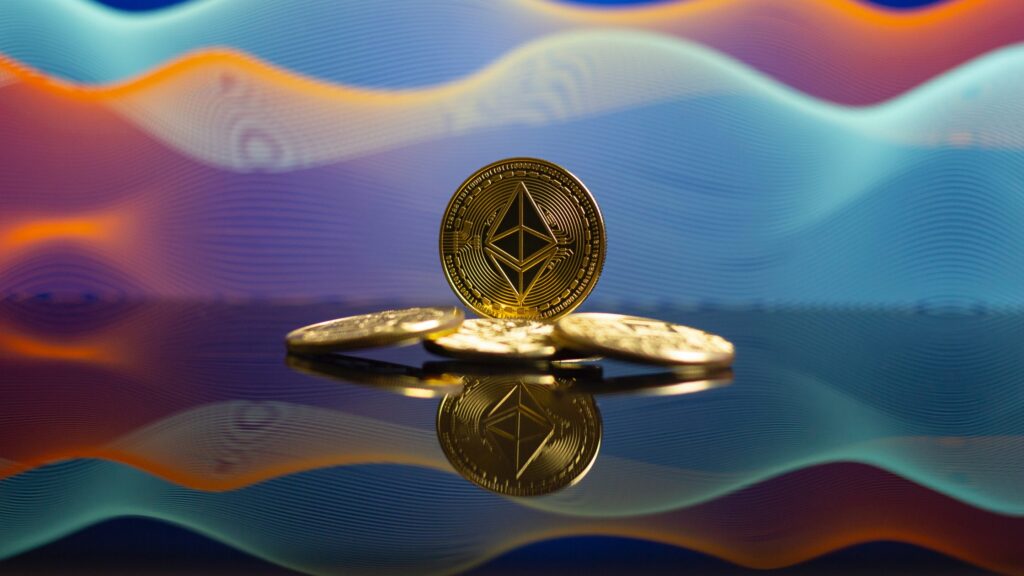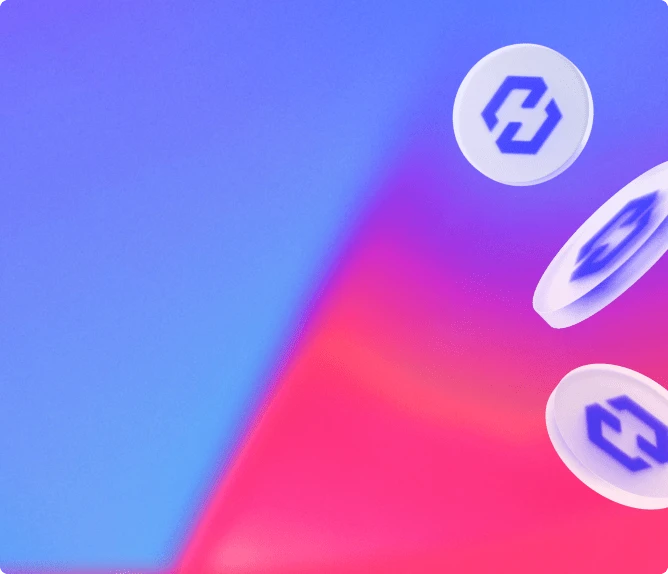The crypto to watch this week
Le protocole Balancer a fait beaucoup parler de lui cette semaine.
La plateforme offre un système d’échange de tokens semblable à Uniswap, mais rémunère les prêteurs et les emprunteurs avec le token BAL via un programme de "liquidity mining".
Au prix du BAL actuel, il devient extrêmement rentable de prêter des fonds sur Balancer.
Cependant, alors qu’il s’agit d’un excellent moyen pour la distribution de BAL, qui rappelons-le est un token de gouvernance, cela risque de créer un effet de dilution et d’impacter à la baisse le prix du token à moyen terme.
The crypto to forget this week
TRON has lead in the wing.
The asset is weakened by the actions of its creator Justin Sun during his aggressive takeover of the STEEM blockchain.
The number of smart contracts deployed on TRON is very low at the moment.
We learn that Tether is moving funds from TRON to Ethereum.
Even if TRON’s price remains stable, this does not bode well for the future.
Attack on the Balancer protocol
There was an attack on the Balancer protocol that resulted in the theft of 450,000 dollars.
The attacker took advantage of the unique characteristics of two tokens to launch a sophisticated attack.
The Balancer platform has already announced that it will reimburse the injured investors.
DeFi : What is Yield Farming ?
In the world of DeFi today, the term Yield Farming has made its appearance.
It is about using DeFi protocols to generate the best possible interest rates.
As we saw with the attack on Balancer, this is not without risk, despite interest rates that can approach 100% annually.
The insurance protocols of the DeFi world are therefore also on the rise and are very popular.
Opyn, founded in 2019, is raising 2.16M dollars to continue its development.
The other major player in this sector is Nexus Mutual.
Fundraising for the AVA project
The AVA project, led by US Cornel University professor Emin Gun Sirer, is raising $12 million through private fundraising.
AVA is based on a completely new architectural protocol called Avalanche.
In testnet, this Proof-of-Stake network is capable of processing up to 6500 TPS.
Although innovative, AVA is a long way behind Ethereum, whose ecosystem is growing with each passing minute.
AVA also plans to launch a public fundraising campaign starting July 8th.
Association Monaco – Tokeny
In Monaco the Ministry of State joins forces with Tokeny.
Tokeny will have to ensure the eligibility of investors wishing to participate in asset tokenisation projects. They will also have to ensure that all projects proposed to Monegasque investors comply with the regulations in force.
A law has recently been passed in Monaco authorizing projects to raise funds by issuing tokenized financial securities.
Sharp drop in the price of the Ethereum Trust of Grayscale
The price of Grayscale’s Ethereum Trust, ETHE, is down sharply by 65% in June.
Backed by real ethers, the shares were trading at a premium of 948%.
Now, the premium "is only" 356%.
For good reason, Grayscale subjects the shares to a one-year escrow period before they can be traded freely. The release of the shares in June 2019 on the secondary market caused a sharp fall in the premium paid by investors and therefore in the shares.
First contracts launched on ETH by the MCDEX marketplace
MCDEX, a decentralized market place, launches the first perpetual future contracts on ETH.
Traders can take positions with up to 10x leverage.
This follows the success of such contracts launched on Bitcoin by dYdX.
MakerDAO: Beginnings of the ZRX and KNC Vaults
The Vaults ZRX and KNC have officially debuted on MakerDAO.
Users can now use these two new assets to generate DAIs.
In addition, a new vote that will most certainly be approved wants to increase the WBTC limit accepted by the system from 10 million to 20 million.
WBTC has been a great success on the MakerDAO system.
Finally, the key rate of MakerDAO, the stability fee, goes back above 0% for the first time in months, and is placed at a timid 0.25%.
Fundraising for DeFi Celcius
DeFi Celcius loan network raises $10 million.
Its current valuation is 76 million.
What is noteworthy is that this fundraising was private, and the main contributor was Tether.
This is Tether’s second investment in DeFi platforms, after Aave.
Solutions to solve the problem of gas prices on Ethereum?
Ethereum miners seem to be drowning out the network of small transactions.
These transactions could contribute to artificially increase the commissions they receive, by filling up all the gas that is consumed.
There are proposals to solve the problem of the current very high price of gas, in particular IEP 1559.
Kirobo is developing a system to recover funds lost due to an error in a transaction.
The Kirobo company announces that it has succeeded in developing an overlay on protocols that allow the recovery of cryptomoney following human input errors during transactions.
18% of the users questioned by Kirobo declare to have already lost funds following such an error. Thus, Kirobo thinks that this could encourage some users to have more confidence in cryptomoney.
The system would then work by providing a unique transaction code that must be entered by the recipient in order to receive the funds from the sender. As long as the recipient has not entered the correct code, the sender can retrieve the funds at any time.
Kirobo’s recoverable transfer function is now available for bitcoin transfers on Ledger portfolios, and Kirobo hopes to roll out the system to other portfolios in the coming months.


